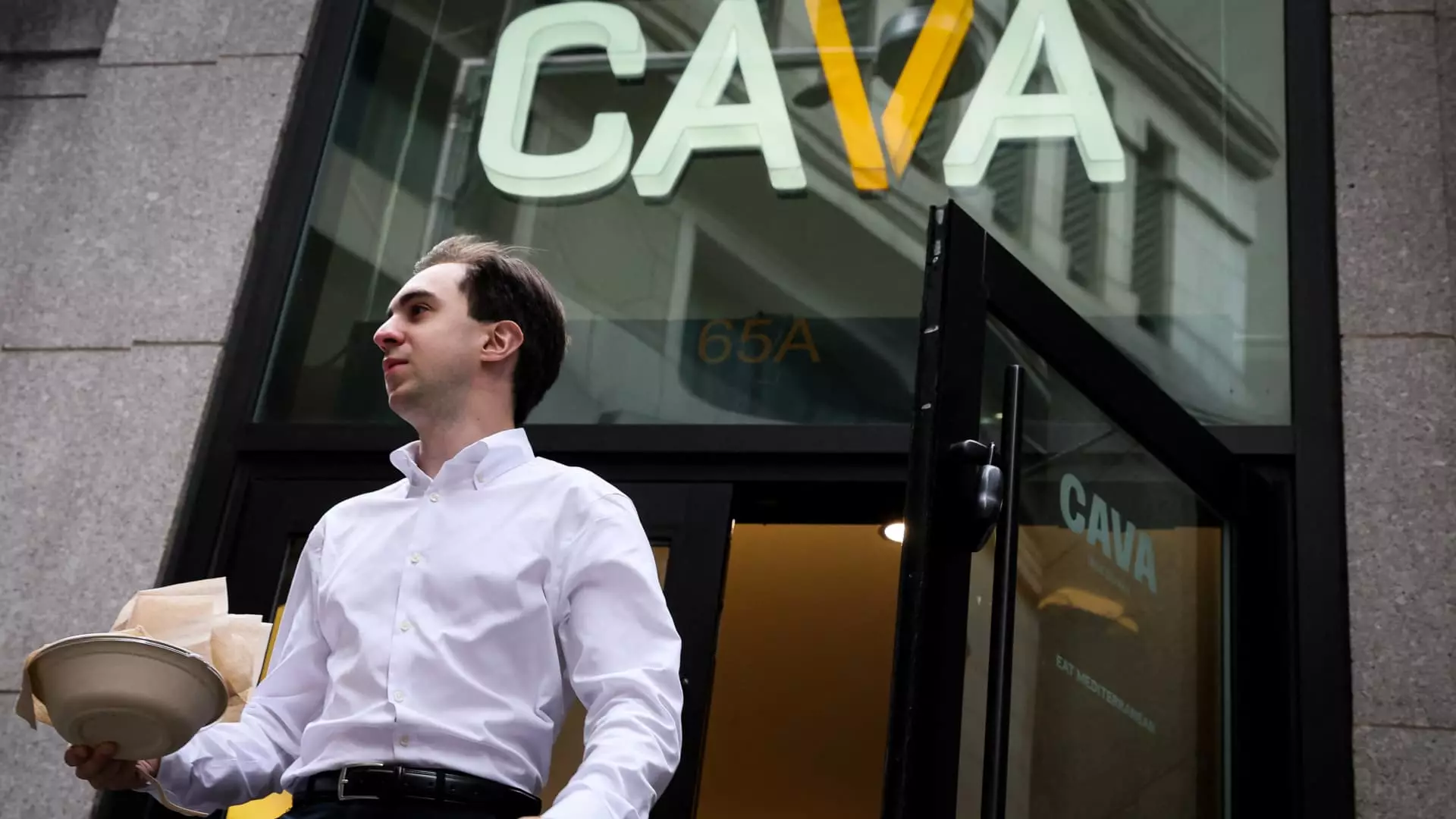In an era defined by economic caution and uncertain consumer confidence, the strategic importance of loyalty programs has intensified dramatically. No longer mere perks for incentivized spending, these schemes have evolved into vital tools for restaurant chains seeking to retain their customer base. This shift reflects an understanding that, during challenging times, consumers prioritize value over spontaneous indulgence, and brands must adapt by embedding loyalty into their core business models.
What strikes me most is how this transformation underscores a fundamental truth: loyalty programs serve as both a psychological anchor and a competitive differentiator. When money tightens, customers are more discerning, and brands that can foster genuine engagement through meaningful rewards are better positioned to sustain themselves. A superficial coupon or temporary discount no longer suffices; instead, deep-rooted reward systems that build habits and emotional bonds are essential for survival.
The Economics of Loyalty: More Than a Costly Convenience
Despite concerns about eroding margins, the investment in sophisticated rewards programs offers a compelling return. Brands like Starbucks, Chipotle, and Cava leverage digital loyalty by incentivizing repeat visits and increasing per-customer sales frequency. The data makes this evident: Starbucks claims over 34 million active rewards members, contributing to a majority of its sales, illustrating how loyalty translates directly into revenue stability.
However, this approach is not without its challenges. Promotions and free rewards cut into profits, especially considering the razor-thin margins typical of the restaurant industry. Yet, the strategic tradeoff seems justified; by fostering habitual patronage, brands mitigate the risk of losing customers altogether. Loyalty programs act as a shield against competitors and economic volatility, transforming a potential expense into an investment in customer lifetime value.
Critically, the success of these programs hinges on personalized, engaging, and flexible offerings. For instance, Cava’s recent revamp to include more versatile earning and redemption options, coupled with limited-time campaigns like National Pita Day, underscores a shift toward creating memorable and surprising experiences. Such initiatives do more than generate short-term boosts—they embed the brand in consumers’ routines through continuous positive reinforcement.
Innovation and Adaptation: The New Norms in Loyalty Campaigns
Even for established leaders like Starbucks and Sweetgreen, adapting loyalty schemes amidst economic strain reveals a nuanced understanding of consumer psychology. Starbucks’ decision to replace its reusable cup bonus with double stars illustrates a willingness to experiment, weighing efficiency against perceived value among consumers. While some loyalists viewed this as a reduction in earning potential, participation levels remained stable, emphasizing the importance of maintaining engagement through the right incentives.
Other brands are pushing the boundaries of what loyalty means. Potbelly’s coin-based system and Portillo’s badge-driven strategy are not just about discounts—they are about creating a gamified, interactive experience that encourages frequent visits and emotional investment. The focus shifts from just offering discounts to crafting engaging, branded experiences that prompt habitual participation, ultimately making the brand part of customers’ daily lives.
What this implies is that innovation in loyalty isn’t about gimmicks but about understanding evolving consumer behaviors and preferences. Offering flexibility, surprise, and opportunity for personalization helps brands stand out when consumers are making deliberate, budget-conscious choices. The challenge remains balancing these incentives’ costs while ensuring they foster genuine loyalty rather than fleeting curiosity.
The Center-Right Case for Loyalty in a Fractured Economy
From a center-right liberal perspective, the importance of loyalty programs during economic downturns becomes clear: they serve as a pragmatic strategy to sustain commerce by rewarding consumers rather than punishing them with higher prices or aggressive marketing tactics. This approach aligns with the belief that economic stability and consumer trust are best nurtured through engagement and value creation.
Loyalty programs, when executed sincerely and thoughtfully, reinforce responsible spending while fostering a sense of community and belonging. They encourage consumers to see brands as integral parts of their daily routines, which promotes steady revenue streams even in turbulent times. This is preferable over aggressive price wars or one-size-fits-all discounts that may erode brand equity and undermine profitability in the long run.
Moreover, these models champion innovation and adaptability—qualities vital for long-term resilience. As brands like Cava demonstrate, creative adjustments and personalized rewards meet consumers’ desire for meaningful experiences. Recognizing that loyalty is built on trust and value rather than mere transactional exchanges is key to navigating the uncertain economic landscape with integrity.
The strategic deployment of loyalty programs in the current economic climate reveals a sophisticated understanding of their transformative potential. Far from being a mere marketing tool, they become an essential pillar for maintaining customer relationships, encouraging repeat business, and ensuring sustainable growth. For restaurateurs and brands aiming to survive—and thrive—amid instability, loyalty schemes are not optional extras but fundamental components of a resilient business model.

